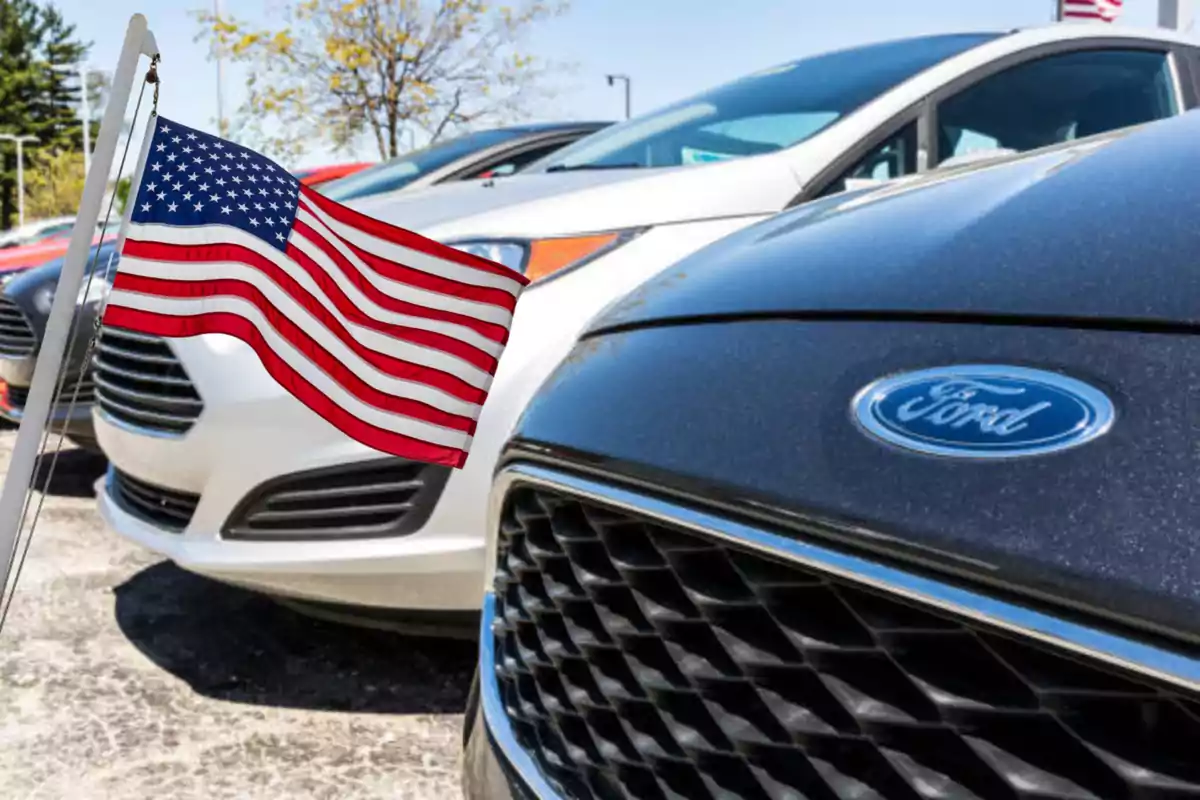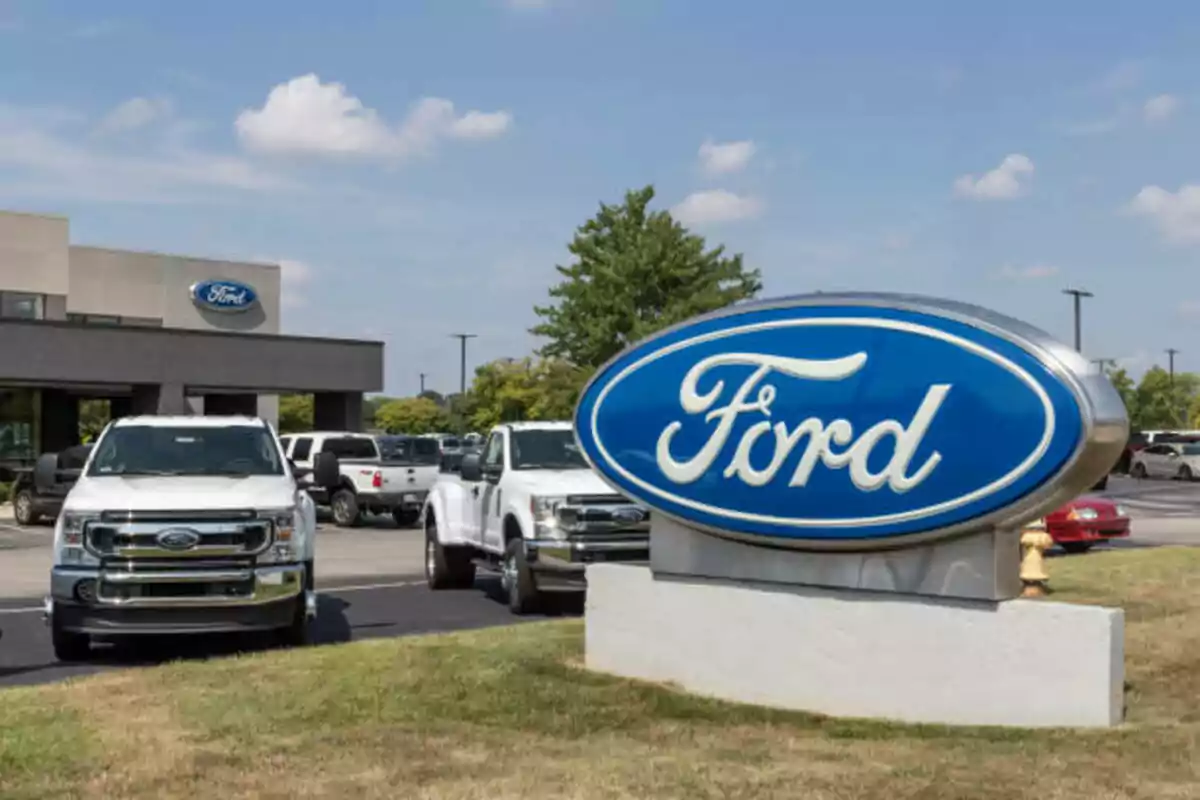2025 is proving especially complicated for Ford. The historic American company, with more than a century of history and a key role in the automobile industrial revolution, is going through a new period of major turbulence. The latest news confirm that its technical problems haven't ended.
In May, Ford had already recalled almost 1.1 million vehicles in the United States. That massive recall was caused by a failure in the rear camera software. The distorted images it displayed increased the risk of accidents and forced the company to take immediate action.

A more serious defect than the previous one
The National Highway Traffic Safety Administration (NHTSA) has now announced a new recall. This time, the number reaches 312,000 vehicles manufactured in 2024. The problem isn't software, but a mechanical component that's key for safety: the electronic brake booster (EBB) module.
This system can stop working while driving or when using Advanced Driver Assistance Systems (ADAS). Its failure causes the loss of brake assist, which significantly increases the likelihood of collisions.

The affected models include Lincoln Navigator, the F-150 pickup, Expedition, Bronco, and Ranger. All of them are part of Ford's latest production and are present in one of its most profitable segments.
A trust problem
Safety is one of the most important criteria for new vehicle buyers. When a manufacturer accumulates massive recalls in such a short period, the impact on its reputation is inevitable. The brand image suffers and customer loyalty is put to the test.
In addition, each recall operation involves economic, logistical, and repair costs that directly affect financial results. In a market as competitive as the automotive industry, this kind of failure can give its rivals an advantage.
Ford has invested heavily in recent years in innovation, electrification, and autonomous driving technologies. However, these incidents call into question its ability to keep high quality standards. The challenge now will be to regain consumer trust and prove that safety remains a priority.

